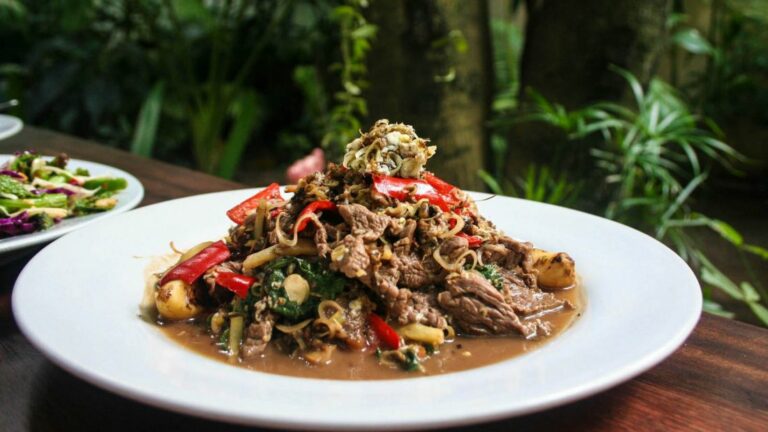Introduction: Food and the Holy See
Food has always been an essential part of human culture and society. The Holy See, commonly known as the Vatican City, is no exception. As one of the most influential religious and political centers in the world, the Holy See has its unique cuisine and traditional dishes that are associated with the area. These dishes have been influenced by various cultures that make up the Holy See, and they stand out for their simplicity, elegance, and flavor.
The Vatican’s Unique Cuisine
The Vatican’s cuisine is unique, and it reflects the simplicity and frugality of the Church. The cuisine is based on fresh, high-quality ingredients, and it is prepared with the utmost care and reverence. Some of the essential ingredients in Holy See’s cuisine include olive oil, garlic, locally grown vegetables, and fruits. The Vatican’s cuisine is also influenced by Italian, French, and German cuisines, which is not surprising given the Holy See’s location in the heart of Europe.
Papal Traditions and Meals
Papal traditions and meals have played a significant role in the Holy See’s cuisine. The Pope’s meals are often simple, consisting of soup, pasta, and vegetables. The Pope’s meals are also prepared with the utmost care and attention, and they are served with the finest wines. One of the most significant papal traditions is the Easter meal, which is a grand feast that includes lamb, capon, and various sides.
Holy See’s Signature Dishes
The Holy See has several signature dishes that are associated with the area. One of the most famous dishes is the carciofi alla giudia, which is a fried artichoke dish that originated in the Jewish quarter of Rome. Other traditional dishes include the coda alla vaccinara, a slow-cooked oxtail stew, and the spaghetti alla carbonara, a pasta dish made with eggs, bacon, and cheese.
The Importance of Food in Vatican
Food plays a vital role in the Holy See’s culture, and it is an essential part of the area’s social and religious traditions. The Vatican’s cuisine is known for its simplicity and elegance, and it is often used to celebrate important religious events and occasions. Food is also a symbol of the Holy See’s hospitality and generosity, and it is often used to welcome and bless visitors and guests.
Conclusion: Holy See’s Culinary Delights
In conclusion, the Holy See’s cuisine is unique and reflects the simplicity and frugality of the Church. The area’s cuisine is based on fresh, high-quality ingredients, and it is prepared with the utmost care and reverence. The Holy See’s signature dishes, such as the carciofi alla giudia and the coda alla vaccinara, are renowned for their flavor and elegance. Food plays a vital role in the Holy See’s culture, and it is an essential part of the area’s social and religious traditions.

